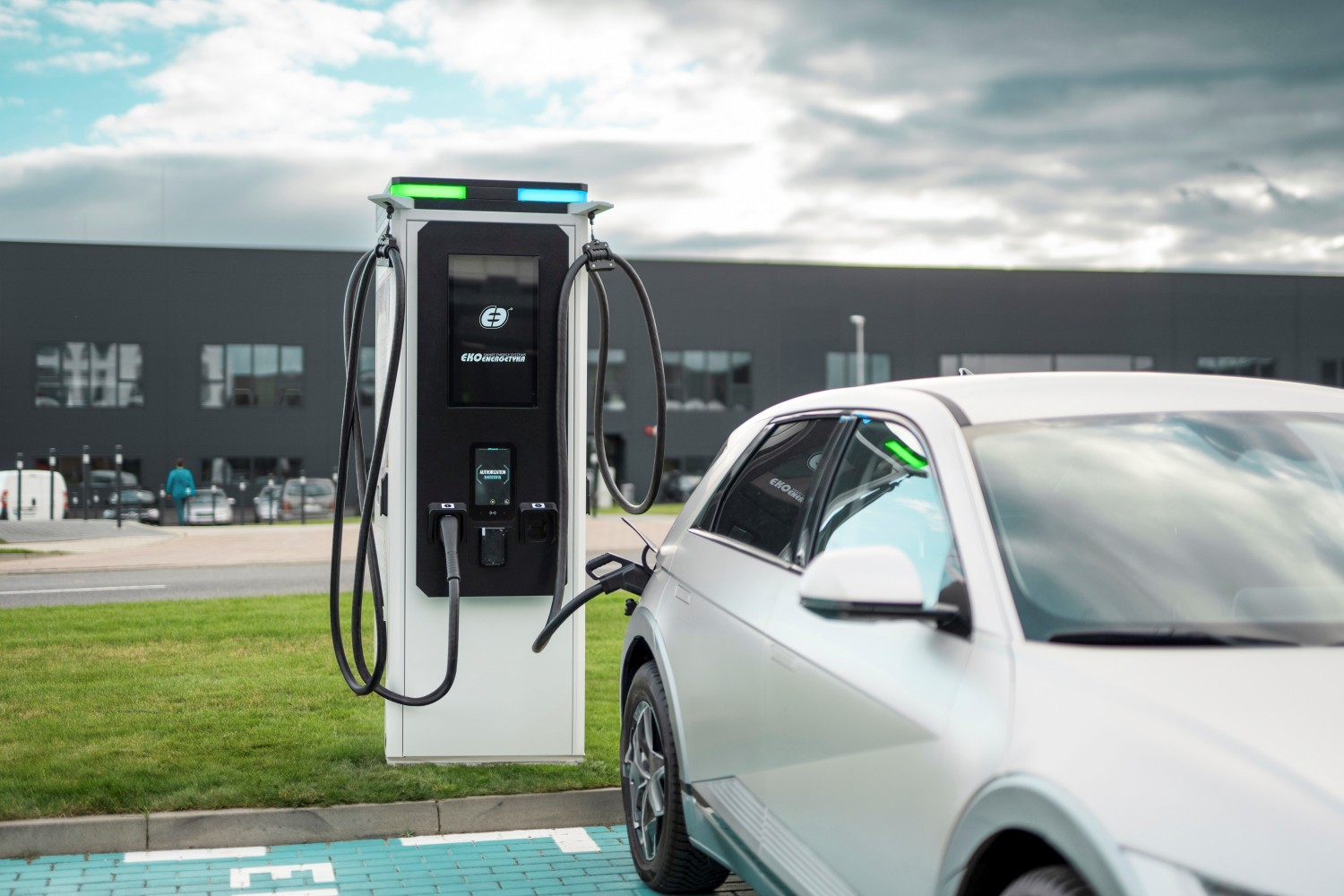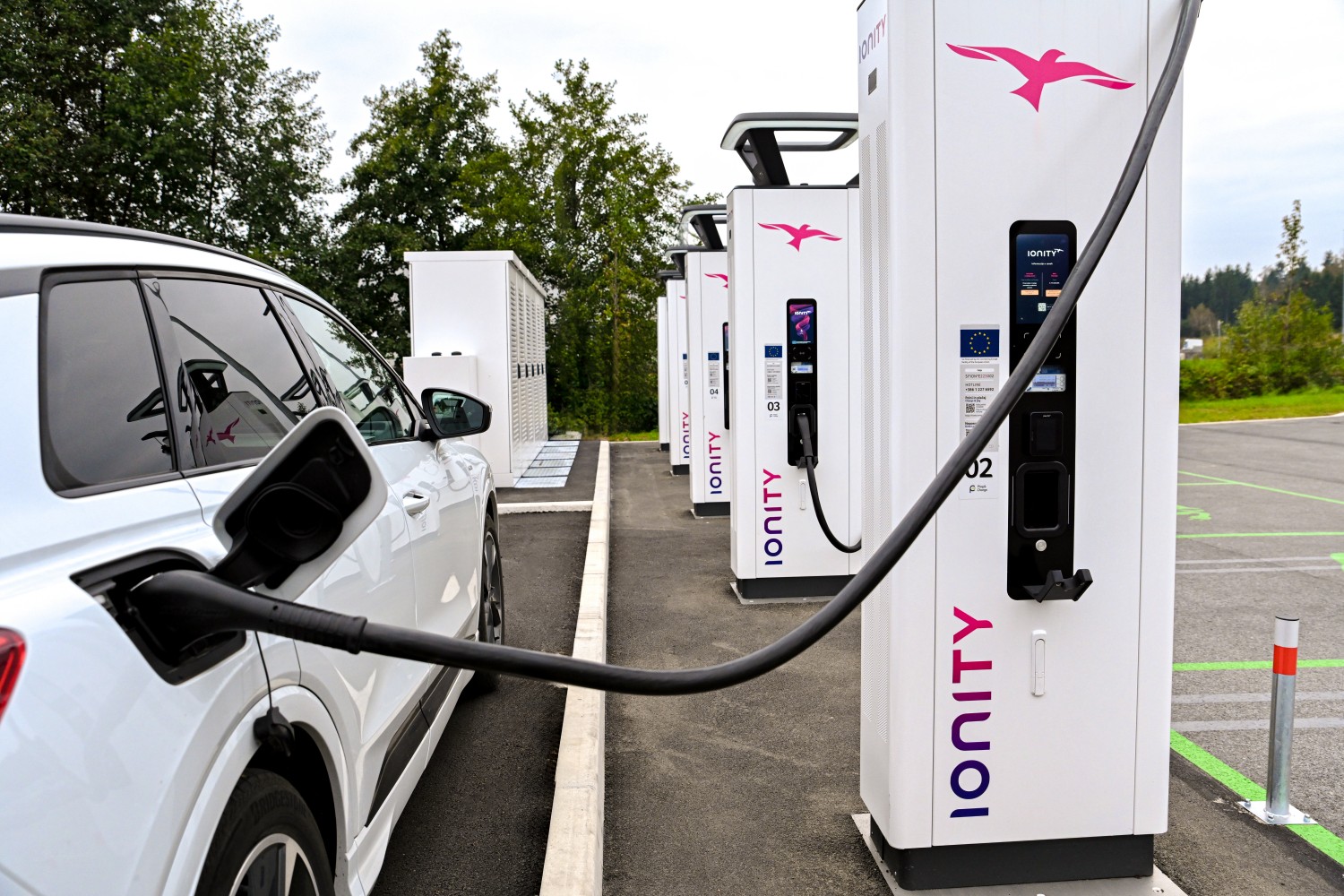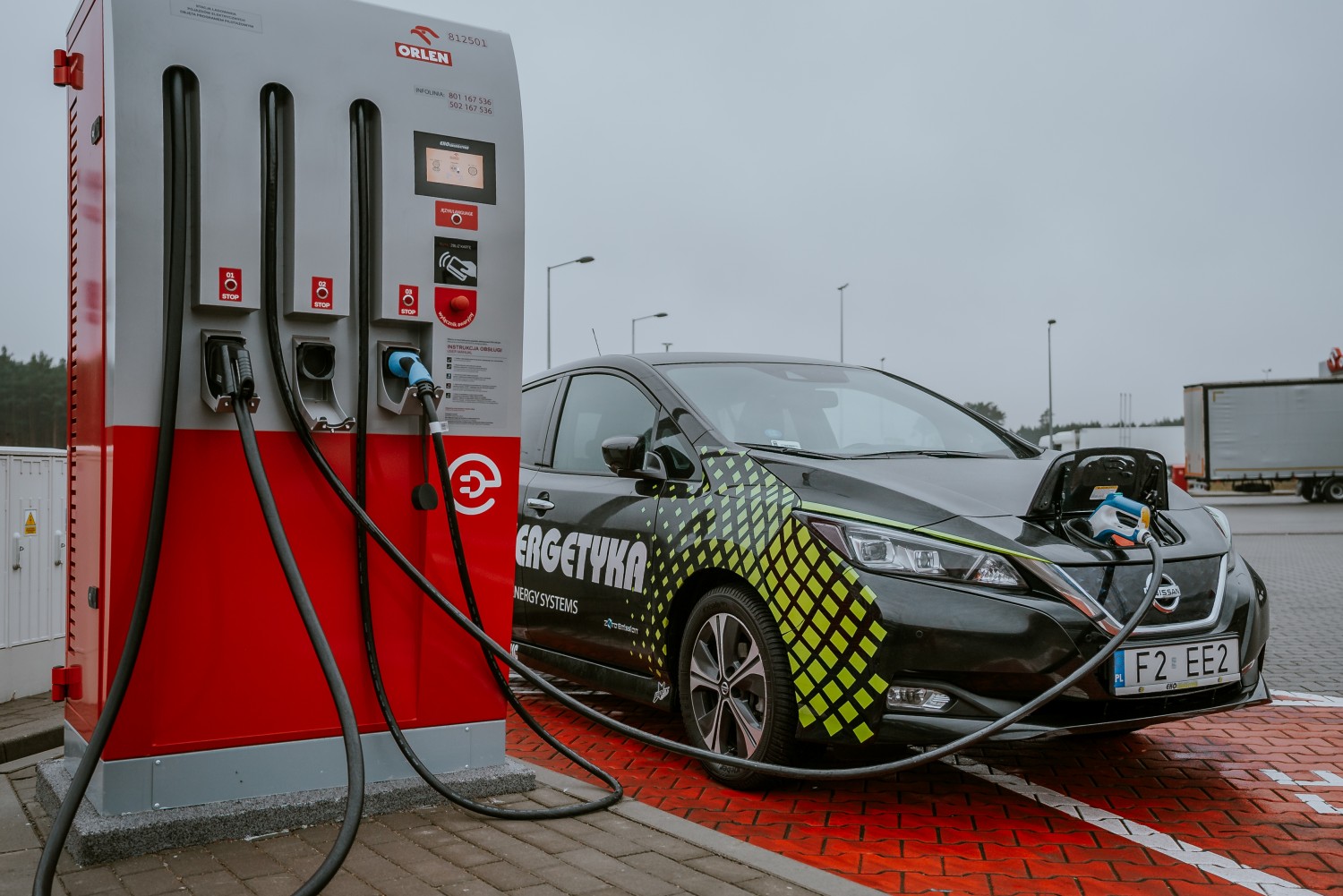Thinking about joining the electric vehicle (EV) revolution but feeling overwhelmed by all the talk of different types of chargers and connectors?
Don't worry, you're not alone. While Tesla might be a household name, the nitty-gritty of EV charging can leave many scratching their heads.
Ready to learn more? Plug into the world of EV connectors and charge up your knowledge!
The Basics of EV Charging in Europe
Before we dive into the ports and plug types, let's break down the two main types of EV charging you'll encounter in Europe:
- AC (Alternating Current) Charging: This is your go-to for everyday charging. In Europe, we're working with 230V as standard - a bit zippier than some other parts of the world.
- DC (Direct Current) Fast Charging: When you need a quick top-up on those long road trips, a good DC charger is your best friend.
The type of connector you'll use depends on whether you're going AC or DC and what model of EV you're driving. Let's break it down further.
Types of EV Chargers
In Europe, we typically distinguish about three levels of charging:
- Level 1 Charging: This is the slowest option, but it's cost-effective and great for overnight charging. It usually involves plugging into a standard 230V outlet.
- Level 2 Charging: Not too slow, not too fast. It's ideal for home and workplace charging, offering a good balance of speed and affordability.
- Level 3 Charging (DC Fast Charging): These types of chargers are the most rapid option, ideal for quick top-ups during long journeys.
Every level comes with its own connector types, so let's go over those next.
AC Connector Types
In Europe, two types of AC connectors are in widespread use:
- Type 2 (Mennekes)
The Type 2 connector is the standard in Europe for several reasons:
- Seven-pin design
- Handles single-phase and three-phase power
- Supports charging speeds up to 43 kW (though most home and public AC chargers offer up to 22 kW)
- Used by most European and many Asian manufacturers
- Comes with a built-in locking mechanism for extra safety
If you're buying a new EV in Europe, there's a high chance that it'll come with a Type 2 connector.
- Type 1 (J1772)
The Type 1 connector is somewhat outdated in Europe, but it can still be found on older EV models or certain plug-in hybrids:
- Five-pin design
- Single-phase only, typically up to 7.4 kW
- No built-in locking mechanism
- More common in North America and Japan
Of course, if your EV has a Type 1 socket, it's not the end of the world - adapters can be used with the more common Type 2 charging stations in Europe.
DC Fast Charging Connector Types

When your EV needs a quick top-up, DC fast charging is the best solution. In Europe, you'll primarily encounter two types:
- CCS (Combined Charging System)
CCS is becoming the go-to standard for DC fast charging in Europe. Here's the lowdown:
- Combines the Type 2 AC connector with two extra DC pins
- Supports high-power charging, with rates up to 350 kW (though most current chargers offer 50-150 kW)
- Used by most European and American manufacturers
- Becoming increasingly common across European fast-charging networks
- CHAdeMO
While it's less common in Europe, you'll still find CHAdeMO connectors on some Asian vehicle models:
- Developed in Japan and used by some Japanese manufacturers
- Supports bi-directional charging, allowing for vehicle-to-grid applications
- Typically offers charging speeds up to 50 kW, with some newer versions supporting higher rates
- Gradually being phased out in Europe in favor of CCS
Charging Ports on Popular EV Models
Different EV manufacturers often opt for different charger types with incompatible charging ports. Here's a quick rundown:
- Most European brands (like Volkswagen, BMW, and Mercedes) use Type 2 for AC and CCS for DC charging.
- Newer Tesla Model 3 and Model Y vehicles in Europe use CCS for both AC and DC charging.
- Some older Asian models might still use CHAdeMO for DC charging.
How to identify your EV's charging port? It's easy - check near the usual spot for a fuel cap or consult your vehicle's manual. Remember, many EVs have separate ports for AC and DC charging.
Public Charging Networks and Compatibility
Most public AC charging stations in Europe are equipped with Type 2 sockets, which makes them compatible with the majority of EVs. For DC fast charging, you'll typically find stations with both CCS and CHAdeMO EV charger types.
What about Tesla? While Tesla has its own Supercharger network, many of these stations in Europe are now opening up to non-Tesla vehicles. Just make sure your EV is CCS compatible, and you're good to go.

Popular charging networks like IONITY, Fastned, and Allego are expanding rapidly, making long-distance EV travel more feasible than ever. Most of these networks offer user-friendly apps to help you locate stations and manage your charging sessions.
Bear in mind, though, that Allego and Fastned provide a wider range of types of charging ports than IONITY.
Home Charging Solutions
Let's face it: most of us will do the bulk of our charging at home. So, what are your options when it comes to types of EV chargers?
- Standard Wall Socket: This is your basic Level 1 charging. It's slow but gets the job done overnight.
- Wallbox Charger: This Level 2 charger is a popular choice for home installation. It delivers e-juice significantly faster than a wall socket and often comes with smart features like scheduling or energy monitoring.
Emerging Technologies in EV Charging
The world of EV charging isn't standing still - here are some exciting developments to keep an eye on:
- Wireless Charging: Confused about all those EV plug types? Soon, they might be gone altogether. Imagine just parking your car over a pad, and it starts charging automatically. This technology is already being tested in some areas!
- Ultra-Fast Charging: We're talking about charging speeds of up to 350 kW or even higher. This could dramatically reduce charging times on long trips.
- Vehicle-to-Grid (V2G) Technology: This allows EVs to not just take power from the grid but also give it back through the EV plug.
Choosing the Right Connector for Your EV
When you're in the market for an EV in Europe, here's what to keep in mind:
- Most new EVs come with a Type 2 socket for AC charging and a CCS socket for DC fast charging.
- If you're buying used, check the connector type. Older models might have Type 1 or CHAdeMO.
- For home charging, a Type 2 socket is your best bet for future-proofing.
- When using public chargers, Type 2 for AC and CCS for DC will cover most of your bases.
Conclusion
In Europe, Type 2 for AC and CCS for DC charging set the standard, making it easier to charge across various networks. With ongoing advancements in ultra-fast and wireless charging, electric mobility is becoming more practical.
Knowing your EV's charging options helps you make smarter decisions for a smooth and efficient driving experience in the growing electric vehicle market.
If you’re eager to learn more specifics of EV charging or have any questions about which connectors and chargers are best for your needs, don’t hesitate to reach out to our experts at Ekoenergetyka.
Quiz: Understanding EV Connector Types
1. Which EV connector type is somewhat outdated in Europe but can still be found on older models or certain plug-in hybrids?
A. CCS
B. Type 1
C. CHAdeMO
D. Type 2
2. What is the primary use case for DC fast charging in Europe?
A. Everyday charging
B. Workplace charging
C. Quick top-ups during long road trips
D. Overnight charging
3. Which connector type is becoming the go-to standard for DC fast charging in Europe, supporting rates up to 350 kW?
A. Type 1
B. CHAdeMO
C. Type 2
D. CCS (Combined Charging System)
5. Which type of public AC charging stations are most commonly found in Europe?
A. Type 1
B. CHAdeMO
C. Type 2
D. CCS
Answers:
1. B. Type 1
2. C. Quick top-ups during long road trips
3. D. CCS (Combined Charging System)
4. C. Type 2
